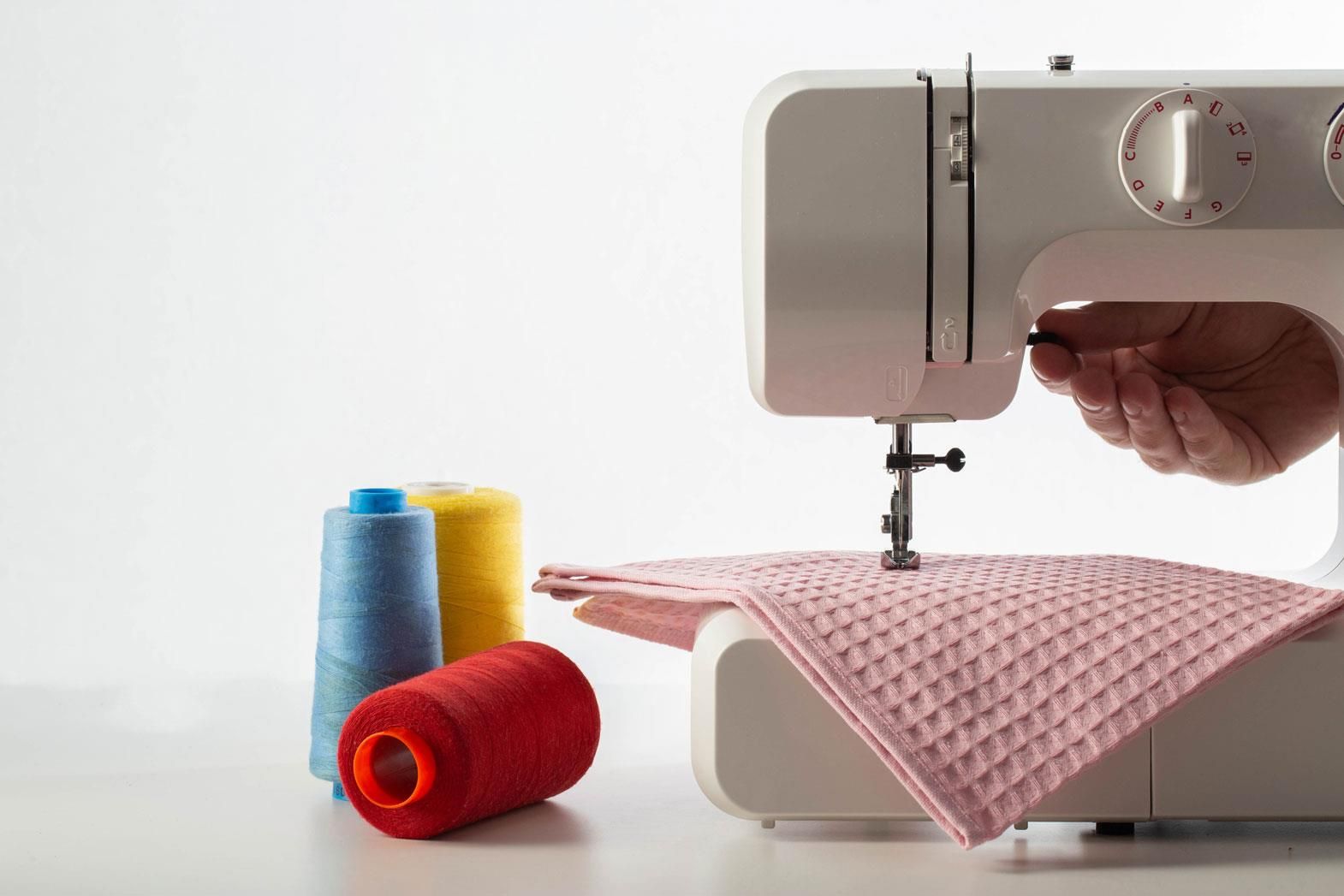The production of fabrics, thread, yarn, and finishing processes of textile industry requires textile machineries. Today, the textile machinery market is witnessing a shift from traditional machineries to sophisticated machines, which enhance the quality of the final product. This is the result of technological development in the textile machinery industry.
Germany is well-known as the largest textile machinery manufacturer in the world, especially for technical textiles and nonwoven machinery. Nevertheless, there has been a growth in the sales of nonwoven and textile fabric machineries for the last 10-15 years. The reason behind this successive accomplishment is providing machinery with the latest technological developments, and the satisfied clients, who are highly satisfied with the performance, and quality of the machines.
German textile machinery has earned goodwill for manufacturing best quality machineries. Their textile machineries products are of the highest level of accuracy, and its technical performance is excellent in different applications. The textile machinery manufacturers are continuously trying to make new innovations in the field of textile machineries, which offer them great opportunities. The German textile machinery industry is expanding its market around the world. The German textile machinery association has organized events in Asia and the Middle East to attract potential buyers.
In such events, the manufacturers can explain the latest developments and technical innovations in the textile machineries, which enhance the quality of textile production. It also aims at strengthening their position in the world market. The German textile machinery trade has found the biggest market for its products in Asia. Asia alone imports 54.9% of the machineries from Germany.
Moreover, China is the single largest buyer in Asia of German textile machineries. Germany exports 26.1% of the textile machineries to China, and India comes at the second place in purchasing these machines. The German textile machines are exported all over the world with their major clients being China, India, Turkey, US, Italy, Brazil, Saudi Arabia, Pakistan, Bangladesh, and the Czech Republic.
There are more than 110 companies in VDMA Textile Machinery Association. These companies mainly deal in textile machinery or parts for technical textiles. Some of the companies are doing good business with their advanced machineries. For the last few years, India has been one of the major markets for German textile machinery trade. Although China is posing challenges by giving tough competition in this field, but Germany is still foremost in the world market for sophisticated textile machineries.
Due to globalization there has been a slow transition of textile production to Asian countries. As a result not only textile manufacturing got shifted but a considerable development in textile machinery industry in Asian countries can be noticed. Currently, Italy is the second biggest manufacturer of textile machineries in the world, and its competitors consider the technology used is of the highest level.
Further, the expansion of domestic as well as international market has resulted into rapid growth of textile trade in China. Almost after 30 years of development China has entered into the textile machinery trade. In the year 2007, China's textile machinery export reached 10 billion US dollars for the first time. From then the exports have continued to increase and China's textile machinery industry is flourishing.
Although China is one of the countries producing textile machineries in the world, it does not meet international standard. Besides, producing large number and variety of textile machineries, it cannot be claimed that China's textile machinery industry is aiming to manufacture the standardized machineries. China is attracting foreign investment by offering special tax policies and profitable business deals.
Due to this developed textile machinery manufacturers like German textile machinery have set up their factories in China to avail the advantage of cheap labor and favorable tax policies. The developed nations manufacture textile machineries and sell globally. This in return increases export of machineries and strengthens China's position in the textile machinery industry.
One can conclude that China's textile machinery industry is obviously growing but in the domestic market. It faces tough competition from developed countries when it comes to sophisticated machineries with high quality production. China's textile machinery industry can improve its product reliability by increasing research and development investment. China is solving many problems so as to produce high-end quality products with industrial safety and reliability of products.
Due to constant recession, the second hand machinery market is earning popularity worldwide. In the US and Europe; textile, paper and leather industries are closing down due to high labor cost and strict pollution laws. Therefore availability of second hand machineries from these sectors has increased. India, China, and Pakistan are seen as a major market for second hand machineries in Europe and US.
Many Indian textile companies are eager to purchase European second hand textile machineries which are ready to be sold at meager amount. The Indian companies are chiefly looking forward to buy shuttle-less looms as the mills have closed down in the US and Europe, and machineries that are of no use to them. Machineries for spinning, weaving, and finishing are readily available.
On the other hand buying used machinery is advantageous in many ways. The buyer can control the investment amount, as the machines are sold at throwaway price. The type of machine, year of manufacturing, and the condition are considered while deciding the price. Once they are renovated they are as good as new. China has purchased large amount of second hand machineries from Europe.
The market ups and downs do not favor making high investment for purchasing new machines made by leading European manufacturers. In such situation it is wise to buy second hand machinery. Moreover, used machines are quickly made available which supports the textile companies to remain competitive by making small investments.
The global market of textile machinery is estimated to touch $22.9 billion by 2017. The textile machinery trade is undoubtedly rapidly growing. However, the buyers and the sellers have their share of opportunities and challenges when trading internationally.
Reference:
1. Adsaleata.com
2. Indiantextilejournal.com
3. Articlesnatch.com
4. Ptj.com.pk
5. Bkg-machinery.com









Comments